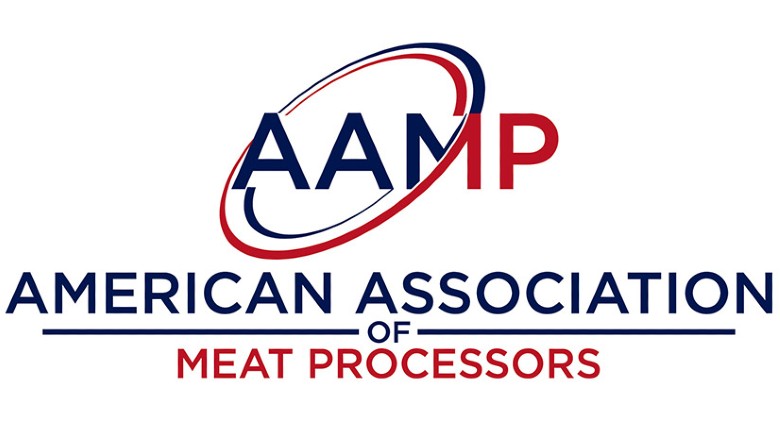Moleaer Inc. partners with the American Association of Meat Processors to co-host a webinar providing hope with nanobubbles amid looming concerns over a new Environmental Protection Agency proposed rule.
As the EPA’s Effluent Guidelines Proposed Rule for Meat and Poultry Products draws near, facilities across the nation are gearing up to navigate more stringent effluent limitations within their existing infrastructures. The looming challenge necessitates innovative solutions that enhance wastewater treatment efficacy without requiring extensive system overhauls.
The heart of wastewater inefficiency lies in the presence and concentration of inhibitory compounds, particularly surfactants. These compounds, such as quaternary ammonia compounds, are integral to the stringent cleaning protocols mandated by food safety standards in meat and poultry products processing facilities. However, while effective in sanitization, these compounds hinder biological wastewater processes, impeding solids separation, oxygen transfer and nutrient removal.
To address this critical issue, Moleaer, a nanobubble technology company, is hosting a webinar in partnership with AAMP. Titled "EPA Effluent Guidelines 2024 Proposed Rule: Removing Inhibitory Compounds from Wastewater Improves Effluent Quality & Reduces Costs," the event will spotlight how nanobubbles offer a chemical-free solution to inactivate and remove contaminants, thereby enhancing treatment efficiency and reducing operational costs.
 Moleaer Inc. and AAMP cohost a webinar. Courtesy of Moleaer Inc.
Moleaer Inc. and AAMP cohost a webinar. Courtesy of Moleaer Inc.John Crisman, senior water process engineer at Moleaer, will lead the discussion, drawing on his 18 years of experience in the water and wastewater industry. Crisman's expertise, coupled with Moleaer's cutting-edge nanobubble technology, offers MPP facilities a pathway to meet the EPA's proposed effluent limitations without extensive infrastructure upgrades.
One success story highlighted in the webinar is Miller Poultry in Indiana, where the implementation of nanobubble technology resolved foul-odor issues in their lagoon and significantly reduced effluent contaminants year over year.
"The case study of Miller Poultry underscores the effectiveness of nanobubble technology in tackling wastewater challenges,” said Crisman. “Having encountered similar surfactant-related issues in various industrial and municipal settings, I'm excited to share practical insights during the webinar."
The webinar will take place on June 4 from 8--9 a.m. Pacific Daylight Time as an online event. Attendees will gain insights into the root cause of wastewater inefficiency and how nanobubbles can align MPP facilities with the new EPA regulations.
Source: Moleaer Inc.





